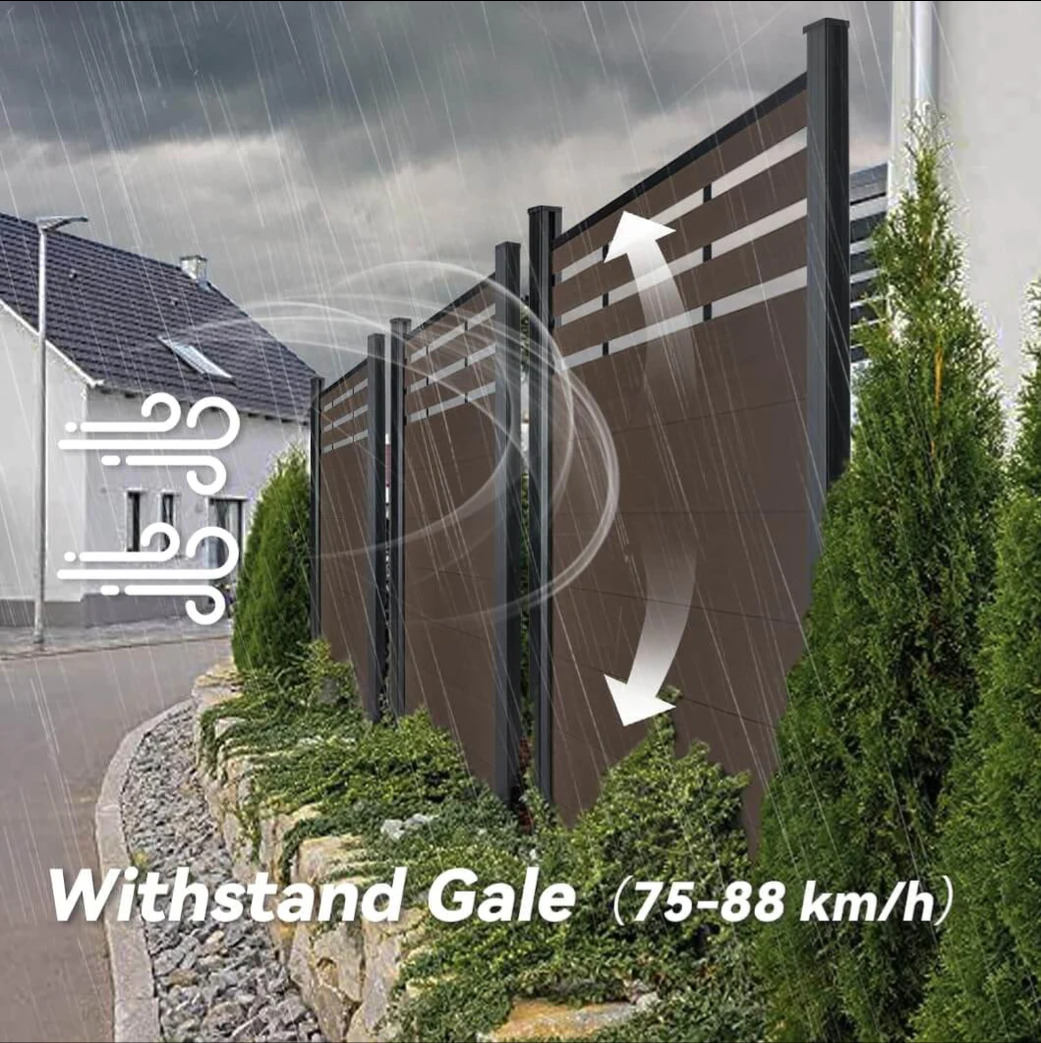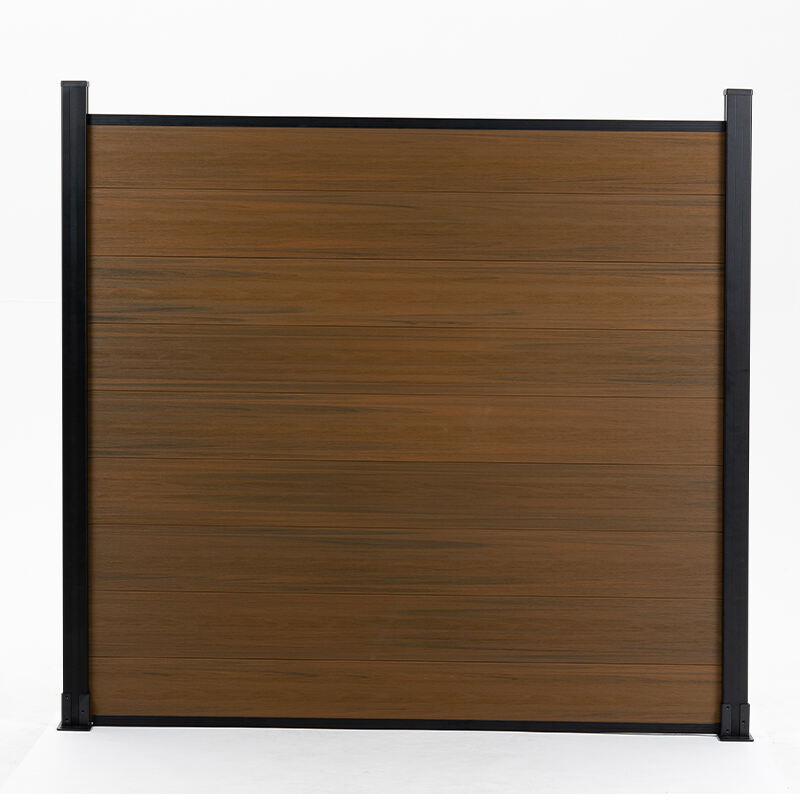The Complete Guide to Wood Plastic Composite (WPC) Materials
Introduction to Composite Materials and WPC
Wood Plastic Composite is one of the most recognized innovations within the field of composite materials. By merging natural wood fibers with thermoplastics, manufacturers have developed a product that bridges the gap between tradition and technology. Composite materials like WPC are not only versatile but also sustainable, providing modern industries with new opportunities for design, construction, and manufacturing.
The demand for composite materials has grown as industries seek materials that are stronger, lighter, and more resistant to environmental challenges. WPC has positioned itself as a valuable alternative to traditional wood, especially in construction, furniture, automotive, and outdoor applications. Its adaptability allows it to replace multiple materials at once while offering durability, cost-effectiveness, and sustainability.
Definition and Characteristics of Composite Materials
Meaning of Composite Materials
Composite materials are engineered substances created by combining two or more constituent materials with different physical or chemical properties. The combination results in a product that possesses enhanced qualities compared to the individual components. WPC belongs to this family because it merges natural wood particles with plastics, resulting in improved strength, resistance, and functionality.
General Features of Composite Materials
Composite materials usually demonstrate superior strength-to-weight ratios, resistance to corrosion, and adaptability for specialized functions. WPC, as a modern example, retains the texture of natural wood while offering resistance to water, pests, and decay. These characteristics explain why composite materials are increasingly selected for demanding environments where conventional materials fall short.
Composition and Structure of WPC
Key Components in WPC
The composition of WPC generally includes recycled plastics such as polyethylene, polypropylene, or PVC combined with wood fibers or flour. Additives like colorants, stabilizers, lubricants, and fire retardants are also incorporated to improve the overall performance. These elements ensure that composite materials like WPC can be customized for specific applications while maintaining consistency and quality.
Manufacturing Process of WPC
WPC is manufactured through extrusion or injection molding. The blended raw materials are processed under heat and pressure to form boards, panels, or custom shapes. This process allows WPC to achieve uniformity, precision, and long-lasting durability. The technology behind composite materials ensures that every batch of WPC products maintains the required mechanical and aesthetic standards.

Advantages of Using WPC
Durability and Longevity
One of the most notable advantages of composite materials is their extended lifespan compared to traditional alternatives. WPC resists rotting, cracking, and insect damage, making it particularly useful for outdoor structures. Its stability ensures it retains shape and strength over long-term use, reducing replacement costs.
Sustainability and Eco-Friendliness
WPC demonstrates how composite materials can support sustainability goals. By incorporating recycled plastics and reclaimed wood fibers, manufacturers reduce waste while producing eco-conscious products. The recyclability of WPC further adds to its appeal for industries seeking green solutions.
Applications of WPC in Different Industries
Construction and Architecture
Composite materials like WPC are widely used in construction for decking, cladding, and fencing. Their ability to resist moisture and maintain structural integrity under extreme conditions makes them suitable for long-term architectural projects. WPC decking, in particular, has become a reliable alternative to timber due to its low maintenance requirements.
Furniture and Interior Design
In furniture design, composite materials offer flexibility, style, and resilience. WPC is commonly used for both indoor and outdoor furniture, where it provides a natural wood-like appearance without the drawbacks of warping or splintering. Its adaptability ensures that furniture manufacturers can meet diverse design demands.
Performance Comparison with Traditional Materials
WPC Versus Natural Wood
Compared to natural wood, WPC offers superior durability, moisture resistance, and reduced maintenance. While natural wood may require regular treatment, composite materials maintain their structural and visual qualities with minimal upkeep. This makes WPC particularly valuable in outdoor environments.
WPC Versus Pure Plastics
When compared with pure plastics, WPC provides better rigidity and aesthetic appeal. The presence of wood fibers enhances the tactile quality and structural strength of WPC, offering an edge over conventional plastics. This combination highlights why composite materials outperform single-substance alternatives.
Limitations and Considerations of WPC
Cost and Initial Investment
Composite materials often come with higher initial costs, and WPC is no exception. Although long-term savings in maintenance justify the price, buyers must account for the upfront expenditure when considering WPC for projects.
Environmental and Physical Challenges
While WPC is more durable than wood, it may still face issues such as expansion under high temperatures or fading under prolonged UV exposure. These challenges must be addressed with the right additives and protective finishes to ensure long-lasting performance.
Future Trends in Composite Materials and WPC
Technological Innovations
Research into advanced composite materials is leading to improvements in strength, sustainability, and appearance. WPC is expected to benefit from biodegradable plastics, enhanced stabilizers, and more sophisticated surface treatments, expanding its potential applications.
Expanding Industrial Adoption
Industries across automotive, transportation, and renewable energy are expected to integrate WPC into their systems. Composite materials like WPC are becoming central to design strategies that emphasize efficiency, aesthetics, and eco-friendly practices.
Selection and Maintenance of WPC
Choosing the Right WPC Products
When selecting WPC products, buyers should evaluate composition ratios, additive quality, and supplier credibility. These factors determine the long-term performance of composite materials in various applications. Choosing reputable suppliers ensures consistency and reliability.
Maintenance Practices for WPC
WPC requires less maintenance than wood but should still be cleaned periodically to maintain its appearance and function. Simple washing with mild detergents prevents buildup of dirt and ensures composite materials retain their original finish for years.
FAQ
What are the main advantages of WPC compared to traditional materials
The primary advantages of WPC include durability, low maintenance, resistance to moisture and insects, and eco-friendly production methods. These factors make it a standout among modern composite materials.
How long can WPC products last in outdoor applications
When properly maintained, WPC can last for several decades in outdoor settings. Its resistance to rot, warping, and termites makes it more durable than traditional wood and many other composite materials.
Can WPC be recycled after its service life
Yes, WPC can be recycled. As part of the growing field of sustainable composite materials, WPC products can be repurposed, reducing environmental waste and supporting circular economy practices.
What industries benefit most from WPC
Industries such as construction, furniture, and automotive benefit significantly from WPC. The adaptability of composite materials ensures WPC can serve multiple purposes, from decking and cladding to durable interior components.
Table of Contents
- The Complete Guide to Wood Plastic Composite (WPC) Materials
- Introduction to Composite Materials and WPC
- Definition and Characteristics of Composite Materials
- Composition and Structure of WPC
- Advantages of Using WPC
- Applications of WPC in Different Industries
- Performance Comparison with Traditional Materials
- Limitations and Considerations of WPC
- Future Trends in Composite Materials and WPC
- Selection and Maintenance of WPC
- FAQ

